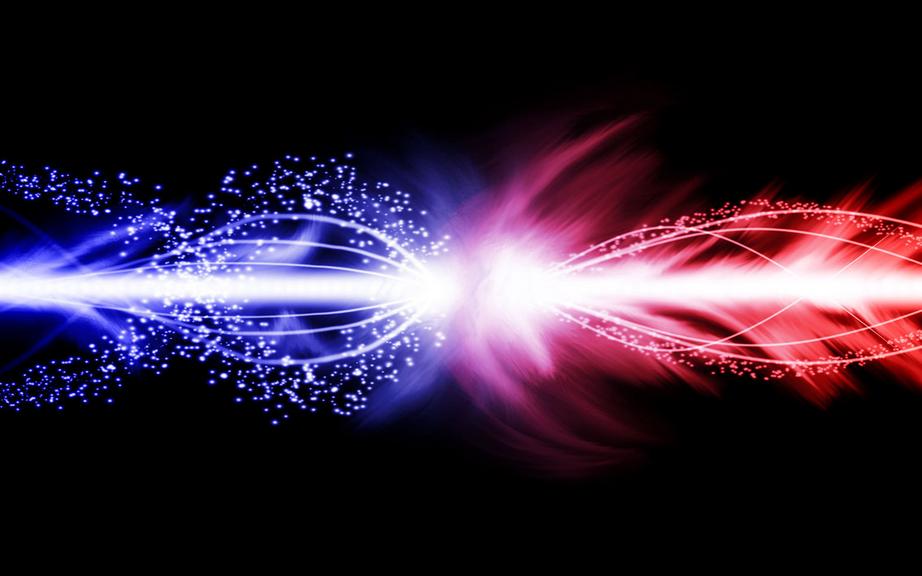Physicists creating matter-antimatter collider
Physicists engaged in the construction of a nuclotron-based ion collider (NICA) facility in Dubna, outside Moscow plan to combine efforts to create of a unique electron positron collider at Novosibirsk’s Budker Institute of Nuclear Physics. Promoters say the project would allow Russia to take the lead in a very promising niche of particle physics.

Budker Institute of Nuclear Physics Deputy Director Yevgeny Levichev discussed Russian physicists’ ambitious plans with Russia’s RIA Novosti news agency on Tuesday.
The Institute plans to create the Super Tau Charm Factory, a particle accelerator which would study the collision of beams of electrons (matter) and positrons (antimatter) in an effort to help to identify phenomena and processes beyond the Standard Model of particle physics.
Commenting on the progress that has been made in the construction of the nuclotron-based ion collider project at Dubna, Levichev noted that this was the first of six government-approved mega-science projects to receive funding. “This gives rise to hopes that our project too will be implemented,” he said.
The physicist explained that during their work on the Dubna project, he and his fellow scientists have discussed the prospects of uniting the efforts of all of Russia’s physics institutes to help implement these kinds of projects. “I hope that by uniting, we will have a greater capability to push projects through,” Levichev noted.
Physicists at the Budker Institute of Nuclear Physics are working on the so-called Super Tau Charm Factory, a particle accelerator and collider that would study the collision of beams of electrons and positrons in the hopes of identifying and classifying phenomena and processes which are beyond the Standard Model of particle physics.

